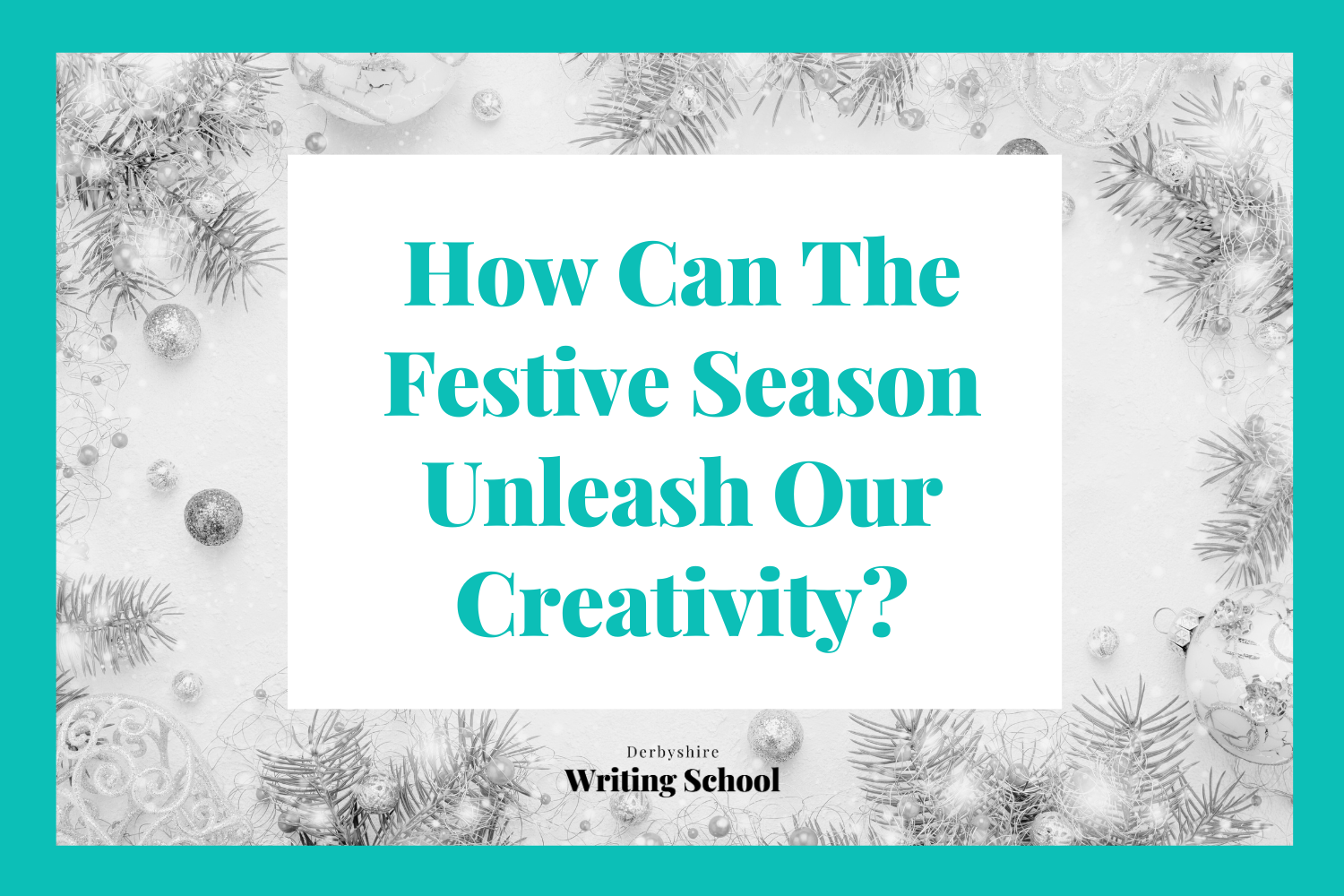How To Turn Your Character From A Zero To A Hero!
Characters. We all know them, we all love (and hate) them. But how much do we really know about writing them?
So much goes into creating characters. It’s difficult and at times frustrating, but the end results are all so rewarding. So how can we go about creating good characters? How do we name our characters, or discover how they speak? How do we bring them to life? Don’t worry. We’re here with some of our tips and tricks to help you create realistic characters.
What is a character?
Characters exist in every single story, in every single genre, in every single time period throughout history. Whether it’s as far back as Greek epic tales, or as recently as Harry Potter, characters have always been a staple of stories everywhere.
And they don’t have to be human either! They can be an animal, or a non-existent creature, or even a being such as a planet. A story can have only one character and still be a complete story, but a story cannot exist without any characters.
But why are they so important? What do characters do?
Characters drive a story forward. They are the ones who keep the plot moving on and are the reason why readers get invested in a story. The main character, or protagonist, is the one we relate to most. Their problems become our problems, and their wishes become ours. We hate their enemies and we cry and laugh along with them.
Types of characters
There are many different types of characters, all of whom have different purposes in stories, so here are just a few of the most popular.
Protagonist:
The main character, the protagonist, is the character who most of the focus is placed upon throughout the story; it is often through their eyes that we read the story. A protagonist can also be known as ‘a good guy’ but they don’t have to be good. They can commit questionable actions, perhaps in the name of the person they love?
Antagonist:
Just as important as the protagonist, the antagonist is the villain or ‘bad guy’ in a story. They don’t necessarily have to be ‘bad’ though. The most important thing when writing an antagonist is to have them actively try to thwart whatever the protagonist is trying to do. A good example of a ‘good’ character who is the antagonist would be the British Royal Navy in the Pirates of the Caribbean franchise. They are certainly morally good as they follow the law, but they are antagonists as they attempt to arrest and execute our protagonist, Captain Jack Sparrow.
Deuteragonists
These characters are simply side characters in the story. They work alongside other characters, not in the spotlight, but the story would suffer without them helping the protagonist (or antagonist) in their plans. They can often be supportive of their main character and may also play the part of a love interest. There is no doubt that our antagonists and protagonists would be lost without their deuteragonists.
Tertiary
The simplest but perhaps most important type of characters, tertiary characters, are the fillers of our worlds. They might have names, but they don’t have to. They take the place of people we walk past every single day, not influencing the story but essential to make a world seem real.
3 Ways to create a realistic characters
Taking inspiration from around you. Who are more realistic than the real people we see on a daily basis? It’s amazing what we can learn about how people act and speak just by observing and people watching in a public setting. A top tip from us is to carry a notebook with you just in case inspiration strikes whilst you’re out and about.
Give them flaws. Nobody is perfect, and our characters certainly shouldn’t be. Let them fail and make mistakes every now and again. Anybody, whether they are a character or a real person, would be boring if they were perfect all the time. Flaws make us unique, whether it’s our actions that are sometimes flawed, or don’t work out the way we expect, or our appearances. Physical appearances aren’t negative flaws; think of them more as a way to make our characters unique.
Give them lots of thought. By this we don’t mean your characters should be on your mind 24/7 (although that certainly can happen!), but think about your characters more than they show in the story. You don’t have to explain every tragic detail of your character’s history. But if you have that knowledge yourself, whether it’s for antagonists, protagonists, or deuteragonists then your characters will feel fleshed out to your reader and you can drop small hints about their past for the reader to puzzle out over the whole story rather than dumping the whole story at once.
How to use characters effectively
To use characters effectively, it’s important not to neglect any of them. It can be easy to have most of our focus on writing our protagonists, but it is the other characters, as well as the protagonists, that make our stories something truly special. Use every character to your full advantage and your world will seem fleshed out and realistic.
The best advice we can give is that you don’t have to follow any rules if you don’t want to! Whilst the rules can certainly make stories easier to write, there is no reason why they have to be followed to a T. Your antagonists can end up as protagonists, for example, or you can swap perspectives in your stories. It’s fine if you don’t want to do this. Your stories can be amazing following the rules. Just experiment and find what ways of writing suits you the most.
With all that being said, there’s nothing left to do but go out there and create, create, create! The sky is the limit, and you have all the knowledge and skill you need to make some truly amazing characters.
If you enjoyed this post you’ll love our creating characters writing workbook!
Our Creating Characters PDF Workbook will help you to:
✅ Create life-like characters with purpose.
✅ Make your story come alive.
✅ Understand why characters are so important.
✅ Create characters based on their motivation and desires.
✅ Link characters to your story structure.
✅ Build your characters through a step-by-step process.
✅ Understand the tools available to you to sustain your character development.
A story with characters that your reader can’t stop thinking about and characters that keep your reader wanting to turn the page – that’s the goal.












